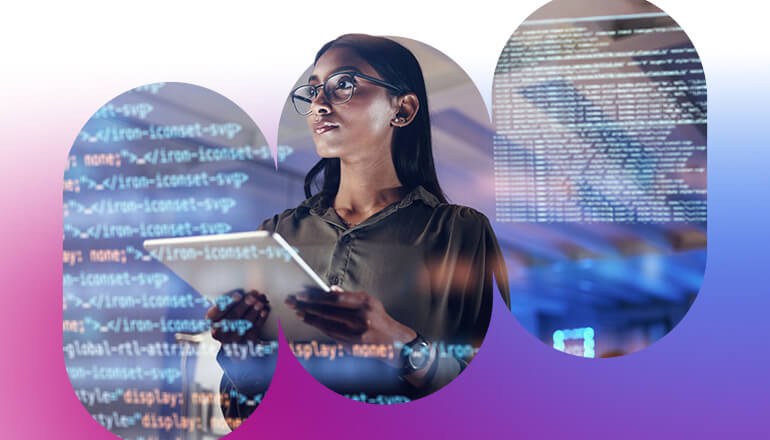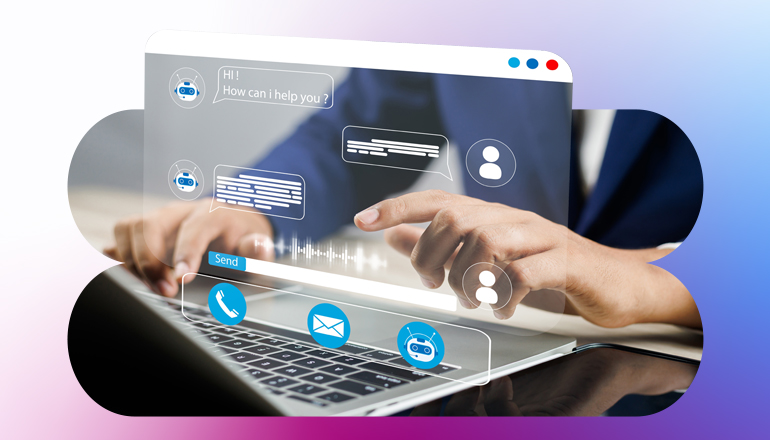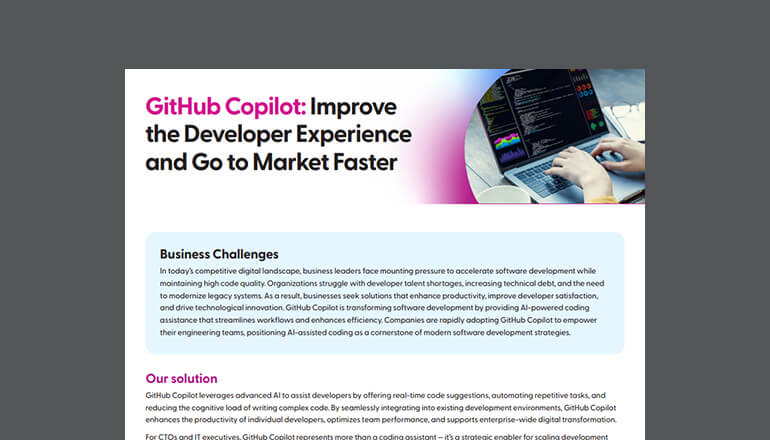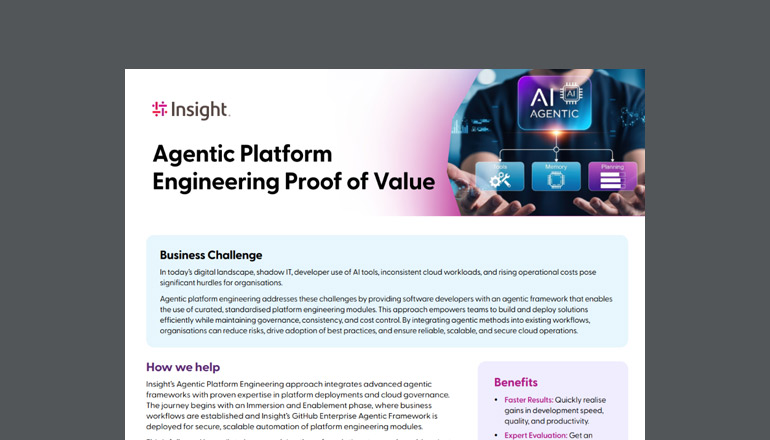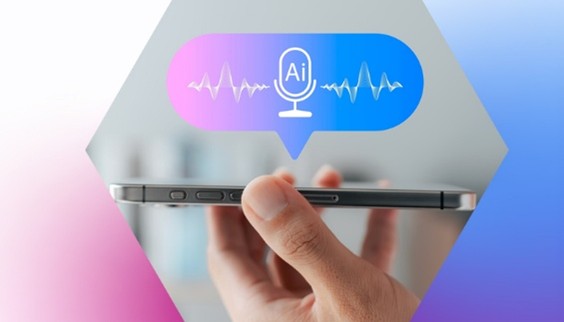Article The office of the future
By Insight Editor / 22 Jan 2020
Digital transformation will impact every organisation in every single industry. Digitisation will see the greater use of data and the introduction of new technologies will make existing processes more efficient as well as enable entirely new ways of working.
Businesses will be able to make smarter, more informed decisions while employees will be more productive and engaged. Ultimately, digitisation will increase revenues and open up new markets.
As part of this shift, the workplace will undergo its own revolution. The consumerisation of IT has transformed employee expectations, with staff now requesting to work remotely and demanding to use the same technology they are familiar with in their personal lives.
If organisations are to reap the benefits of digital transformation, then resistance is not an option. Instead they should look to enable ‘the office of the future’ and embrace new technologies.
The office of the future is anywhere you want it to be
Digitisation means the office is not constrained to a physical location anymore. Advances in mobile communications and the advent of cloud services like Office 365 mean staff can remain in contact and securely access files on the device of their choice. This freedom not only makes staff more productive; it also increases employee satisfaction. Research suggests 67% of workers wish they were able to work from home and 30% state they would choose flexible working over a pay rise if they were only able to choose one perk.
Seamless collaboration
The ability to work anywhere presents some challenges, but Microsoft Teams allows groups of people within an organisation to communicate and collaborate regardless of location. Teams is now the default communications experience within Office 365, with support for Skype for Business Online set to end on 31 July 2021.
Microsoft Teams offers all of the same features of Skype, such as voice, video and text conversations, alongside new capabilities, such as social networking-esque features, that drive engagement. The division of staff into individual ‘teams’ means members can find the most relevant content, files and people for their tasks. Meanwhile, full integration with Office 365 allows for simultaneous real time collaboration. Teams can be viewed as the platform that unites all of the various elements of the office of the future.
Intelligence and automation
Artificial Intelligence (AI) and automation will make the office of the future a happier, more productive place. Intelligent features will augment the capabilities of humans, while the ability to automate repetitive, time consuming activities will free staff up to perform more valuable tasks.
Microsoft Teams uses the information entered by users to learn how they work, serving up recommendations and relevant content from other Office 365 applications. Teams also supports chatbots and automatic translation, while intelligent search features allow for rapid access to information. Content stored on OneDrive can be analysed using Artificial Intelligence, and Office 365 applications can be incorporated into automated workflows enabled by the Microsoft Power Platform.
At a device level, Windows 10 offers the Cortana Digital Assistant to learn user behaviour to automate tasks and help employees get more done during a workday.
Modern devices
The consumerisation of IT means employees demand the ability to use the same devices at work as they do in their personal lives. No longer is the workforce prepared to accept corporate-issued PCs and smartphones that are undesirable to use or have restricted functionality.
Microsoft 365’s enterprise mobility management (EMM) tools manage and secure any device with the ability to access corporate data or applications, regardless of whether it is the user’s own or if it is issued by the company. Windows 10 Enterprise is a modern operating system for other devices, such as PCs, tablets and all-in-ones, offering a range of usability enhancements that meet employee expectations.
And with support for Windows 7 ending on 14 January 2020, there is no time to waste if your organisation hasn’t made the upgrade.
Greater security
The ability for staff to access files anywhere on any device they choose does present some new security risks. However, because public cloud services like Microsoft Teams are protected by multi-billion investments in security and are updated automatically, they are inherently more secure than on-premise technology. Meanwhile, the use of EMM encrypts and restricts the spread of data and can remotely wipe a device if it is lost or stolen.
How to get started?
Microsoft 365 combines Office 365, Windows 10 Enterprise and Enterprise Mobility Management (EMM) into a single package that allows organisations to benefit from the office of the future at a device, application and infrastructure level.
Digitisation is as much about culture as it is about technology. If an IT department imposes new processes or technologies on the workforce without engagement with stakeholders, then its impact will be limited.
For a tool like Microsoft Teams, which represents such a significant change in how organisations operate, it’s essential that the implementation is executed correctly.
Digital transformation will usher in a workplace revolution through new technologies and processes. The office of the future will be more intelligent, secure and collaborative, with staff able to work in any location on any device. But what will the office of the future look like?
According to our latest research, organisations are now prioritising collaboration (60%) and communication (53%) to improve the employee experience Learn more about Microsoft Teams.
